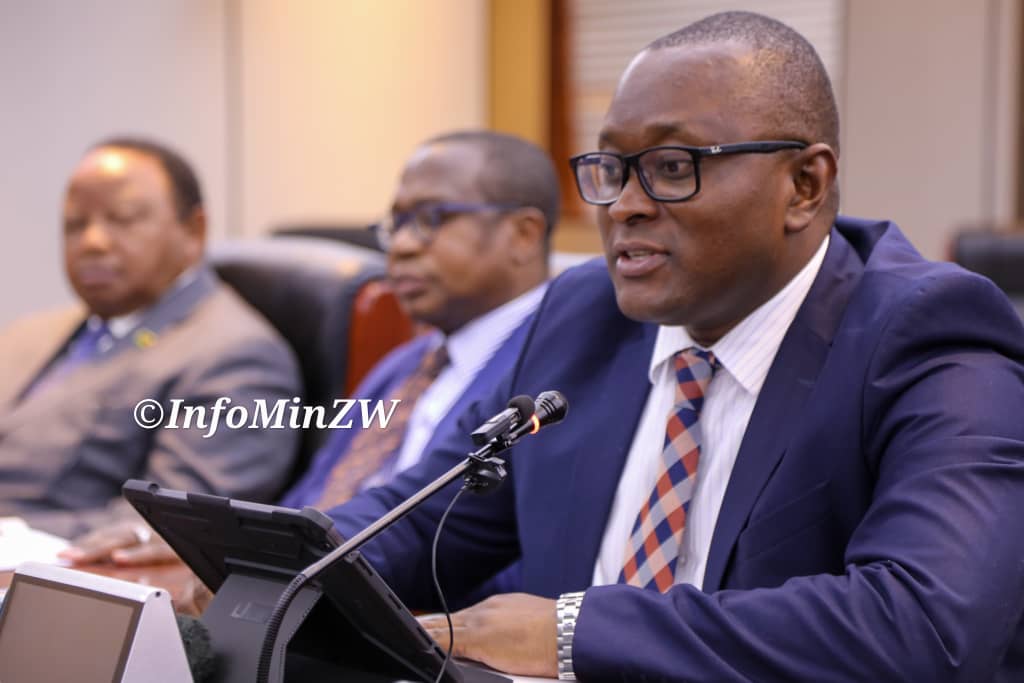Gold coins mop up ZW$9 billion in two months
Share

Harare (New Ziana) – A total of 9 516 gold coins valued at ZW$9 billion had been sold by September 23, with corporates dominating the list of buyers, the Reserve Bank of Zimbabwe said on Tuesday.
Introduced in July this year, the gold coins, dubbed the Mosi-Oa-Tunya, are meant to diminish the appetite by local companies and individuals for United States dollars as a store of value.
Their release has resulted in the tumbling of parallel market rates of the USD from as high as USD1:ZW$950 to around USD1: ZW$700.
In an update following a meeting of the RBZ’s Monetary Policy Committee (MPC), central bank governor Dr John Mangudya said there was improved market confidence and uptake of gold coins.
“A total of 9 516 gold coins valued at ZW$9 billion had been sold as at 23 September 2022, with 35 percent having been sold to individuals and 65 percent to corporates, including asset management and insurance entities,” he said.
Meanwhile, Mangudya said the positive impact of the policy measures, including the introduction of gold coins, had resulted in the significant fall of month-on-month inflation from 12.4 percent in August 2022 to 3.47 percent in September 2022.
He said the decline in month-on-month inflation had in turn resulted in the decline in annual inflation to 280.4 percent in September, down from 285.1 percent the previous month.
He said the bank was committed to ensuring that the current disinflation trend is sustained, in both the short and long-term, through the maintenance of a tight monetary policy stance which should be buttressed by continuous fiscal prudence and close monitoring of wage-push inflation.
Mangudya said the Bank was also pleased with the progress registered towards the convergence of the parallel market and willing-buyer willing-seller foreign exchange rates.
“In view of these positive developments, the MPC resolved: to maintain the Bank policy rate and medium-term lending rate at current levels of 200 percent and 100 percent, respectively, until durable stability, measured by a sustained decline in month-on-month inflation to desired levels of less than 5 percent, is attained and to further liberalise the foreign exchange market by increasing the maximum amount that entities can purchase from banks for bona fide foreign payments under the willing-buyer willing-seller system from the current level of US$20,000 to US$100,000 per week per entity,” he said.
“Going forward, the MPC expects that a combination of the current tight monetary policy, continued use of gold coins, foreign exchange auction system, insistence of value for money by the government in its procurement processes and practices, close monitoring of possible occurrence of wage-push inflation and effective monitoring and enforcement by the Financial Intelligence Unit will sustainably anchor exchange rate expectations, thus limiting the exchange rate pass-through to inflation.”
New Ziana









